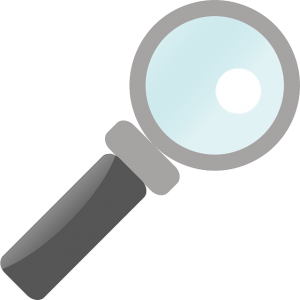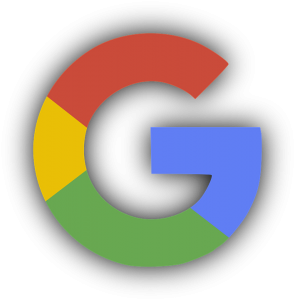How many stages are in the buying/purchase cycle – Three, seven, 975? You can make it as easy or as complicated as you want, but I like to think of the purchase funnel in four simple easy steps.
1. Awareness
2. Interest
3. Engagement
4. Conversion / Sale
1. Awareness:
In terms of advertising, this can be accomplished through any and all means of advertising. Television, radio, magazines, billboards, display network advertising, heck even NASCAR uniforms – Anything you can do to make your audience aware of your brand helps to accomplish this objective. You see brand names like Coca Cola, Starbucks, McDonald’s, etc. on everything that can be advertised on all over the world. Brand recognition in and of itself is not enough enough to lead to a purchase, but if a customer is not aware that your business exists, they certainly won’t purchase your goods or services.
Not all press is good press though. If you do not already have strong, positive brand awareness, a negative initial introduction to your audience can certainly harm your business in the short term, and in the long run. If such a situation does occur, do not ignore it, do not deny any even perceived wrongdoing – Admit your mistakes, be honest with your audience, and if necessary beg for forgiveness. All the supply in the world will not make you a dime without any customers.
2. Interest:
Now that your potential customers are aware of your business, how do you gain their interest? This is where ad content comes into play. Regardless of the advertising medium – Price, quality, quantity, availability and customer service are just a few of the reasons why a potential customer may want to learn more about your business. Emotional cues such as humor or even anger may help generate interest as well. Don’t be afraid to reach out to your audience on a personal, emotional level. Not everyone makes their purchase decisions based on cold logic.
3. Engagement:
In this day and age engagement with your business essentially occurs in three ways – In the store, over the phone, or through the website. When crafting your call to action in your ad content, it’s important to focus on the means of engagement that is most profitable and effective for your specific business model. If the primary engagement method between customers and your business occurs over the phone, the phone number is what you want customers to be aware of. Having an incentive to call will help generate the interest in engaging with your business by calling. Of course, once a customer engages with your business, you now want to make the sale!
4. Conversion / Sale:
By the end of the buying cycle, your advertising has run it’s course. At this point, you have to rely on the website content, or the customer service “closing” skills of your sales people to complete the buying cycle, and make a sale. As the old saying goes: “You can lead a horse to water, but you can’t make him drink”. Even the most effective advertising alone cannot convince a customer to actually buy something. You have to live up to the advertisement, and meet the customers expectations to earn their business. If you have a website with limited content, a run-down dilapidated storefront, or a bad disposition over the phone, your advertising will not result in sales.
At the end of the day, all we at TCC can do is help to make potential customers aware of, interested in, and provide the means to engage with your business. The truth is – You have to complete the process and make the sale. Any PPC firm who tells you otherwise is not being honest with you, and they are trying to sell you a service that you will NOT be happy with in the long term! Of course this is an over-simplification of a very complex intricate, and ongoing process. However, having a simple plan that all parties involved can follow, at all stages of the buying cycle – Will help move everyone down the path of improved sales and profits, as a team. 🙂





